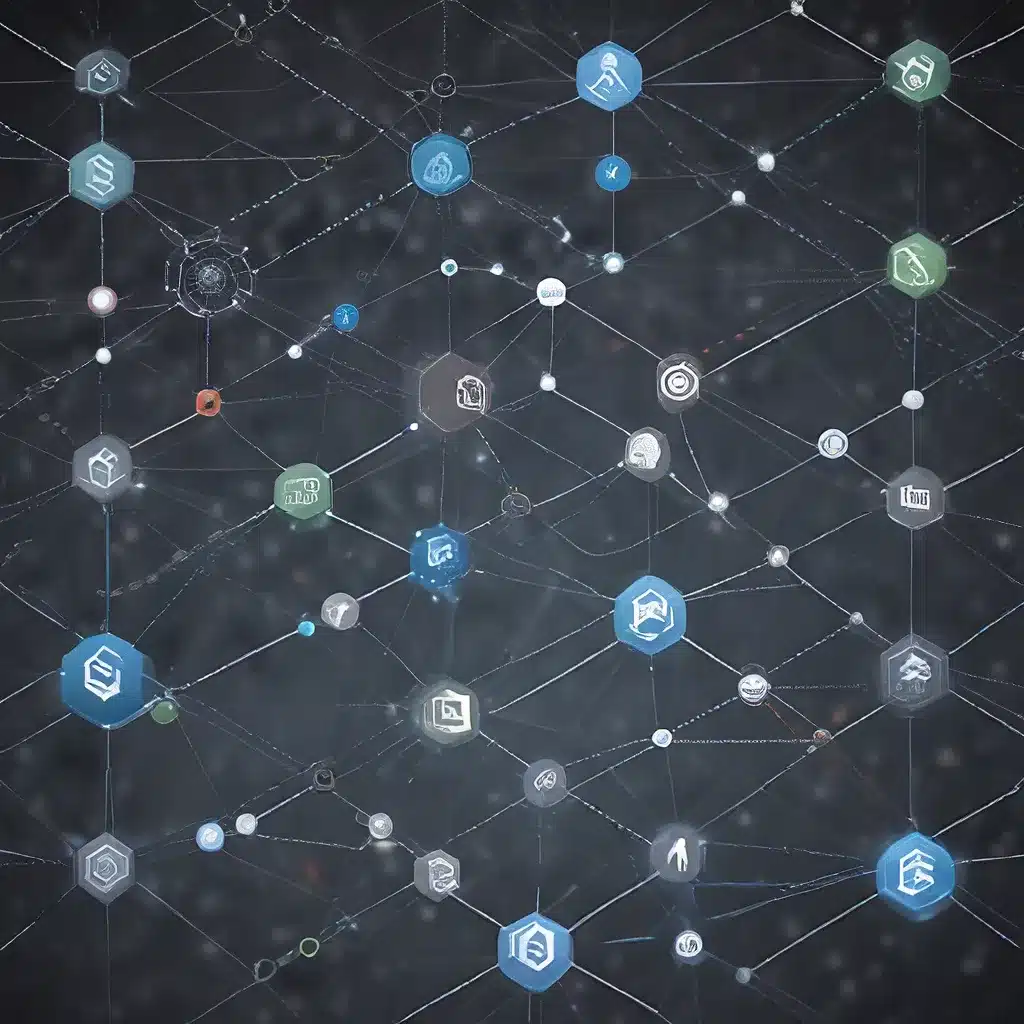
The Rise of Sensor Networks and Collaborative Perception
The rapid advancements in sensor technologies and the growing prevalence of Internet of Things (IoT) devices have ushered in a new era of sensor networks. These interconnected systems of sensors, actuators, and processing units are revolutionizing the way we gather, analyze, and leverage data across a wide range of industries, from smart cities and industrial automation to healthcare and environmental monitoring.
At the core of these innovative sensor networks lies the concept of collaborative perception. By seamlessly integrating data from multiple sensors and autonomous agents, collaborative perception enables a more comprehensive understanding of the surrounding environment. This collaborative approach empowers sensor networks to overcome the limitations of individual sensors, enhancing situational awareness, task efficiency, and overall system performance.
Distributed Algorithms for Coordinated Sensing
As sensor networks continue to expand in scale and complexity, the need for efficient distributed algorithms to coordinate the actions of these autonomous agents becomes increasingly critical. Researchers from the U.S. Army Combat Capabilities Development Command (CCDC) Army Research Laboratory have been at the forefront of this endeavor, developing advanced algorithms that enable seamless collaboration among multi-agent systems.
One of the key contributions from the CCDC Army Research Laboratory is the development of a model-free approach to distributed transmit beamforming. In this approach, the multi-agent systems act as distributed antenna array elements, coordinating their position and transmitted signal phase to ensure that the broadcasted signal coherently adds up in the desired direction while canceling out in other directions. This technique is particularly valuable in contested and communication-constrained environments, where traditional centralized algorithms may falter.
The researchers’ work has also explored the challenge of distributed tracking and circumnavigation using bearing measurements. By leveraging multiple unmanned aerial vehicles (UAVs) to track a maneuvering target, the distributed tracking algorithm provides a framework for collecting and integrating sensor data to enhance situational awareness and enable more precise targeting.
Addressing Communication Constraints and Energy Efficiency
In addition to the coordination challenges, sensor networks often face communication constraints and energy management concerns. The CCDC Army Research Laboratory has addressed these issues through innovative distributed algorithms that minimize the number of messages communicated among the network of agents.
Their research has focused on developing distributed hypothesis testing algorithms that account for limited training data and reduce the energy consumption associated with message transmission. By allowing the agents to collectively determine the true state of the world through social interactions and local observations, this approach enables efficient decision-making in bandwidth-limited environments.
Energy efficiency is a critical consideration in sensor network design, as many autonomous agents are battery-powered. The distributed algorithms developed by the CCDC Army Research Laboratory aim to minimize the energy consumed by these agents, ensuring extended operational lifetimes and improved sustainability.
Collaborative Perception in Action: Case Studies
The potential of collaborative perception has been demonstrated through various case studies, highlighting its benefits across different application domains.
Case Study 1: Collaborative Home Cleaning
In a smart home scenario, a team of cleaning robots, including a robotic vacuum cleaner, a staircase cleaning robot, and a trash-picking robot, work together to efficiently maintain a clean living space. By leveraging overhead cameras that provide a global view of the environment, the robots can coordinate their actions, identify areas that require cleaning, and delegate tasks dynamically based on the changing conditions and the capabilities of each robot. This collaborative approach enables the robots to operate more intelligently, optimize cleaning paths, and minimize redundant efforts, ultimately saving time and enhancing safety by detecting and avoiding human and pet presence.
Case Study 2: Autonomous Mobile Robots in Warehouses
In a warehouse environment, Autonomous Mobile Robots (AMRs) can greatly benefit from the collaborative perception framework. By integrating data from overhead LiDAR sensors and the sensors on the individual robots, the system can create a comprehensive understanding of the environment, including both static and dynamic obstacles. This enhanced situational awareness allows the AMRs to plan and replan their paths more efficiently, reducing the distance traveled, the time taken to reach their goals, and the frequency of replanning events. The increased operational efficiency translates to higher throughput, faster processing times, and reduced labor costs, highlighting the significant benefits of collaborative perception in warehouse automation.
The Future of Sensor Networks and Collaborative Perception
The advancements in distributed algorithms and collaborative perception have far-reaching implications beyond the military and logistics domains. Healthcare, agriculture, public safety, and surveillance are just a few areas where this framework can bring substantial transformative benefits.
In healthcare, collaborative perception can enhance patient monitoring and robotic assistance in hospitals. In agriculture, it can optimize farming operations through precise monitoring of crops and the coordination of agricultural robots. In public safety, it can improve search and rescue missions by providing real-time data and coordinated efforts among rescue robots. In surveillance, it can enhance monitoring and security operations by providing comprehensive environmental awareness, enabling quicker response times and improving the accuracy of threat detection.
As sensor networks and IoT technologies continue to evolve, the collaborative perception framework presents a promising path forward. By seamlessly integrating data from various sensors and leveraging distributed algorithms, sensor networks can unlock new levels of efficiency, safety, and responsiveness, revolutionizing the way we interact with and leverage our surrounding environment.
To further explore the potential of sensor networks and collaborative perception, we encourage you to visit sensor-networks.org, a leading resource for professionals, researchers, and enthusiasts in this dynamic field.